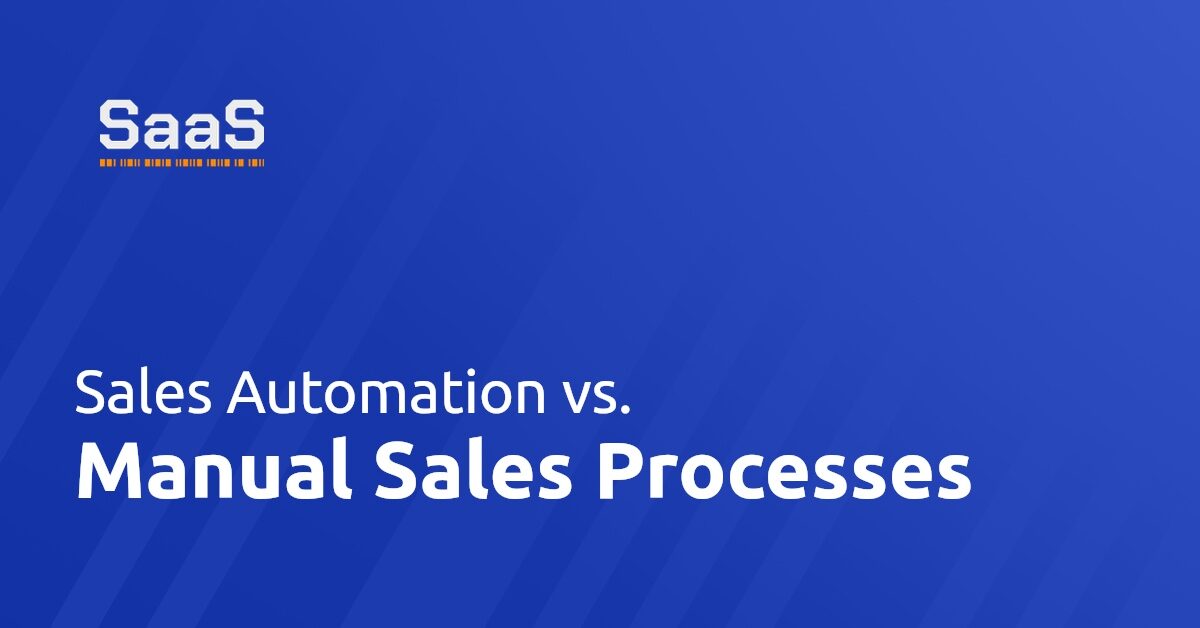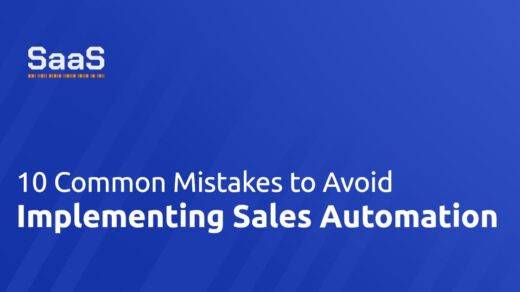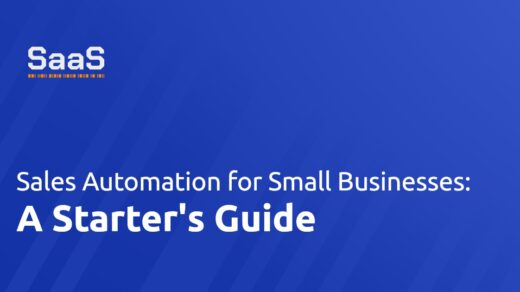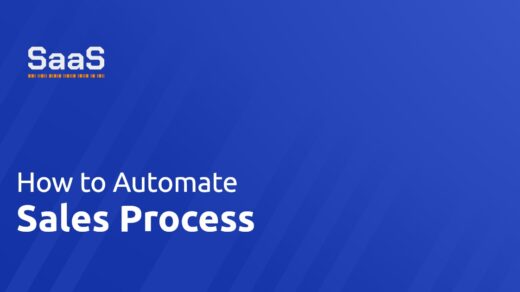With the inclusion of the latest tech in the realm of sales management, businesses are faced with the decision of choosing between manual sales processes and sales automation. Both approaches have their own set of advantages and limitations. In this blog post, we’ll explore the key differences and benefits of each to help you make an informed decision for your business.
What Are Manual Sales Processes and Their Advantages?
Manual sales processes harken back to traditional methodologies where human interaction is at the core of every sales activity. These processes involve personal phone calls, face-to-face meetings, and handwritten notes. One significant advantage of manual sales lies in the human touch that it infuses into customer interactions. By engaging directly with customers, sales representatives can build trust, understand nuanced needs, and establish lasting relationships.
Additionally, manual processes can be cost-effective, particularly for small businesses or startups. The absence of high-tech software subscriptions and automation tools can be a boon for limited budgets. This simplicity also allows for greater customization in the sales approach, catering to each customer’s unique preferences and requirements.
However, the manual approach has its limitations. Data entry and management, for instance, can be time-consuming and prone to errors. As the sales team accumulates more customers and leads, keeping track of all interactions and details becomes increasingly complex. This can lead to overlooked follow-ups, missed opportunities, and inconsistencies in communication.
What Is Sales Automation and How Does It Work?
Sales automation marks a paradigm shift in the way businesses approach sales processes. It leverages cutting-edge software tools and platforms to streamline and mechanise various aspects of the sales journey. From lead generation to nurturing and closing deals, automation plays a pivotal role in eliminating repetitive, mundane tasks.
Automation operates through carefully designed workflows that orchestrate various stages of the sales process. For instance, when a potential lead enters the system, automation can trigger a series of actions: sending personalized emails, scheduling follow-up calls, and updating customer profiles in real-time. This not only saves time but also ensures a consistent and systematic approach to customer engagement.
How Can Sales Automation Enhance Efficiency and Scalability?
Efficiency is the cornerstone of sales automation. By offloading routine tasks to software solutions, sales teams can focus their energy on high-value activities, such as strategizing, relationship-building, and negotiating deals. This not only accelerates the sales cycle but also contributes to higher customer satisfaction as interactions become more meaningful and tailored.
Scalability is a major advantage that automation offers, especially for growing businesses. Manual processes often struggle to accommodate an increasing number of leads and customers without sacrificing quality. Automation systems, however, can seamlessly manage a burgeoning workload. Whether you’re dealing with ten or a thousand leads, the level of engagement and service remains consistent.
Moreover, sales automation’s analytical capabilities provide insights into what’s working and what needs adjustment. Metrics related to open rates, click-through rates, and conversion rates can illuminate the effectiveness of various strategies, allowing teams to make data-driven decisions.
What Are the Limitations of the Manual Sales Process?
While manual sales processes hold their own charm, they are not without limitations. As the business expands and customer interactions grow in number, maintaining a personalized touch becomes increasingly challenging. The manual nature of these processes can lead to data duplication, inconsistencies in communication, and missed opportunities due to human error.
Moreover, the time spent on administrative tasks detracts from time that could be better spent on strategic selling. Sales representatives might find themselves swamped with data entry, leaving less room for proactive customer engagement and strategic planning. This could ultimately hinder the overall growth potential of the business.
Which Approach Is Right for Your Business?
The decision between manual sales processes and sales automation hinges on your business’s specific needs, goals, and resources. Small businesses with a limited customer base might thrive on the personal connections fostered by manual processes. However, for companies aiming for scalability, efficiency, and data-driven decision-making, sales automation emerges as a compelling solution.
In conclusion, the sales landscape is evolving rapidly, and businesses must adapt to stay competitive. While manual sales processes have their own merits, the efficiency, scalability, and analytical prowess of sales automation offer transformative potential. By understanding the unique advantages and limitations of each approach, you can make an informed choice that aligns with your business trajectory.








